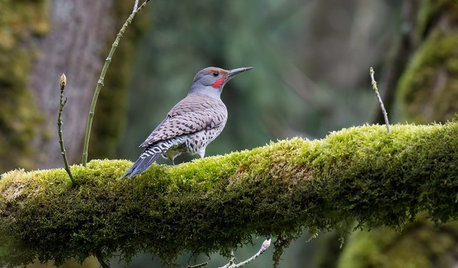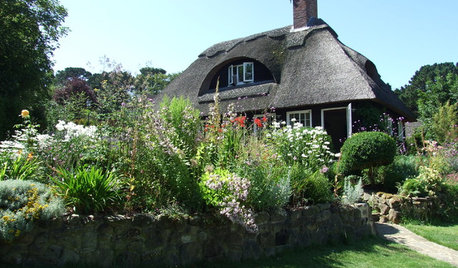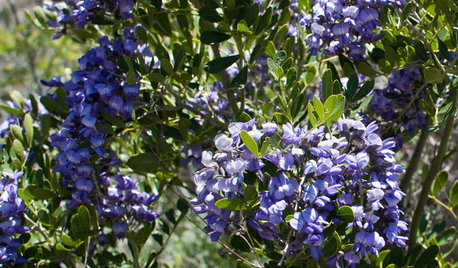Blueberry and wild plum seeds
owiebrain
14 years ago
Related Stories

GARDENING GUIDESGreat Design Plant: Grow Blueberries for Their Fruit and More
Eastern gardeners should consider growing blueberry plants for their delicious fruits, bee-friendly spring blooms and brilliant fall foliage
Full Story
GARDENING GUIDESBackyard Birds: Healthy Home Habitats for Northern Flickers
These colorful woodpeckers found across the U.S. and Canada love berries, seeds and ants and often nest in deep burrows in trees
Full Story
COLOR21 Reasons to Decorate With Purple
Whatever shade you choose — lilac, plum, mauve or aubergine — purple makes a statement
Full Story
GARDENING GUIDESUnleash Your Guerilla Gardener
Toss some seed bombs around the yard for easy, beneficial plantings
Full Story
CONTAINER GARDENSPatio-Perfect Berry Bushes Like You’ve Never Seen
Small enough for pots but offering abundant fruit, these remarkable bred berries are a boon for gardeners short on space
Full Story
EDIBLE GARDENSHow to Grow Your Own Sweet Summer Crops
This guide will help any gardener get started on growing the freshest warm-season veggies and berries for summer
Full Story
LANDSCAPE DESIGNHow to Create a Cottage-Style Garden
If you like an abundance of plants — and visits from birds, bees and butterflies — this may be the style of yard for you
Full Story
GARDENING GUIDESInvite Mining Bees to Your Garden by Planting Their Favorite Plants
Look for mining bees (Andrena) pollinating woodland wildflowers in U.S. gardens this spring
Full Story
GARDENING GUIDESInvite Cellophane Bees to Your Garden by Providing Patches of Bare Soil
Look for cellophane bees (Colletes) pollinating flowering trees and shrubs in U.S. gardens this spring
Full Story
TREES6 Unsung Spring-Blooming Trees
Billowy blooms and rare fragrances will make you wonder how these flowering trees could ever have been underused in landscapes
Full Story





Okiedawn OK Zone 7
owiebrainOriginal Author
Related Professionals
Ashland Landscape Architects & Landscape Designers · Clemson Landscape Architects & Landscape Designers · Brunswick Landscape Contractors · Galveston Landscape Contractors · Hawaii Landscape Contractors · Palatine Landscape Contractors · Riverview Landscape Contractors · Webster Groves Landscape Contractors · West Orange Landscape Contractors · Northlake Landscape Contractors · Selma Landscape Contractors · Asheville Decks, Patios & Outdoor Enclosures · Centreville Decks, Patios & Outdoor Enclosures · Hayward Decks, Patios & Outdoor Enclosures · Surfside Decks, Patios & Outdoor EnclosuresOkiedawn OK Zone 7
sarahredtree